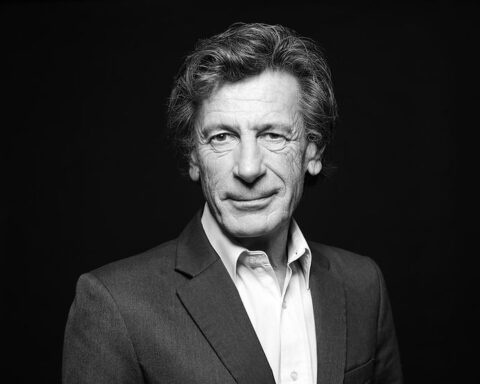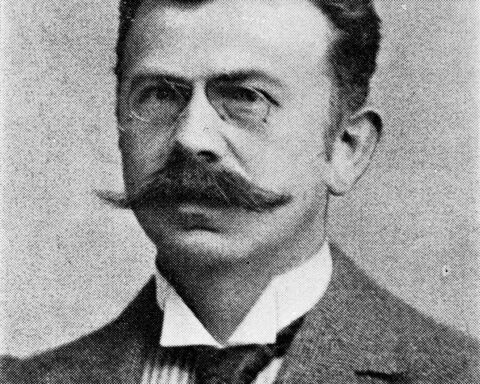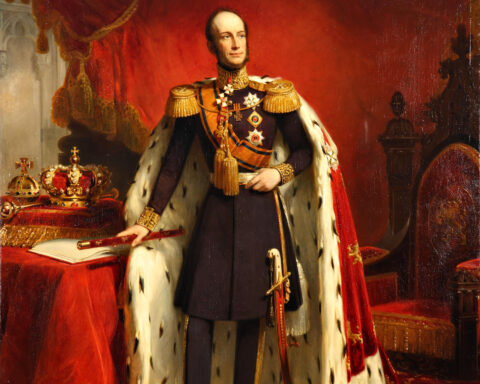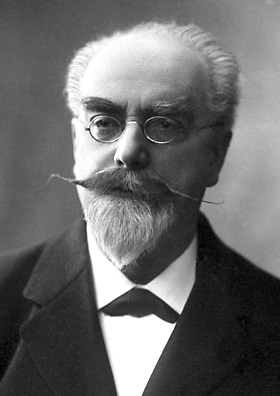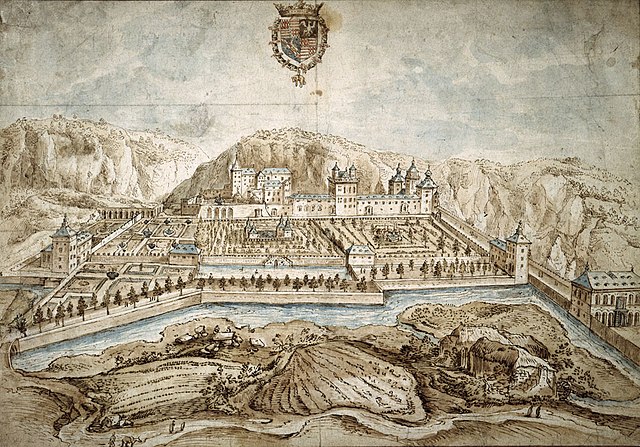Gabriel Lippmann, a Luxembourgish physicist awarded the Nobel Prize in 1908, revolutionized photography by developing a unique method for reproducing colours through the interference of light.
Early Academic Brilliance
Born in 1845 in Hollerich, Luxembourg, Gabriel Lippmann demonstrated an early interest in the natural sciences. After rigorous studies at the École Normale Supérieure in Paris, where he excelled notably in experimental physics, Lippmann quickly became part of France’s scientific community. His academic career advanced notably when he secured a professorship in experimental physics at the Sorbonne in 1883. Known for his methodological rigor and innovative mindset, Lippmann particularly fostered exploration into optical phenomena and light properties. By carefully examining these properties, he laid the foundation for an innovative photographic technique capable of accurately capturing colours through light interference. His method employed special photographic plates coated with highly sensitive silver bromide emulsion. Consequently, Lippmann became an influential figure within European scientific circles.
Groundbreaking Method of Colour Photography
In 1891, Gabriel Lippmann introduced a revolutionary photographic process enabling precise reproduction of natural colours. Unlike earlier methods that required dyes, Lippmann’s technique utilized the physical phenomenon of light-wave interference. By placing a mercury mirror behind the photographic plate, captured light rays interfered, creating microscopic interference fringes that represented stable, accurate colours. While notably advanced for its time, the method proved intricate and expensive for industrial adoption. Nevertheless, the efficacy and originality of his approach earned Lippmann the Nobel Prize in Physics in 1908, making him the first Luxembourger to receive this prestigious scientific honour. His innovation significantly impacted photography’s evolution and remains fundamental in the study of optics and colour today.
“Life is short and progress is slow”
Legacy and Influence
Although Lippmann’s photographic method did not gain commercial dominance, it left an enduring scientific legacy. His pioneering research significantly influenced modern photography, especially regarding accurate colour reproduction. Beyond photography, Lippmann conducted important work on the capillary electrometer, greatly enhancing the accuracy of electrical measurements. His lasting influence extended throughout international academic circles due to numerous scientific publications and renowned lectures. Today, the scientific community continues to honour Gabriel Lippmann, acknowledging his innovative and groundbreaking approach to optics and photography, symbolizing an era of bold scientific exploration and major discoveries.


